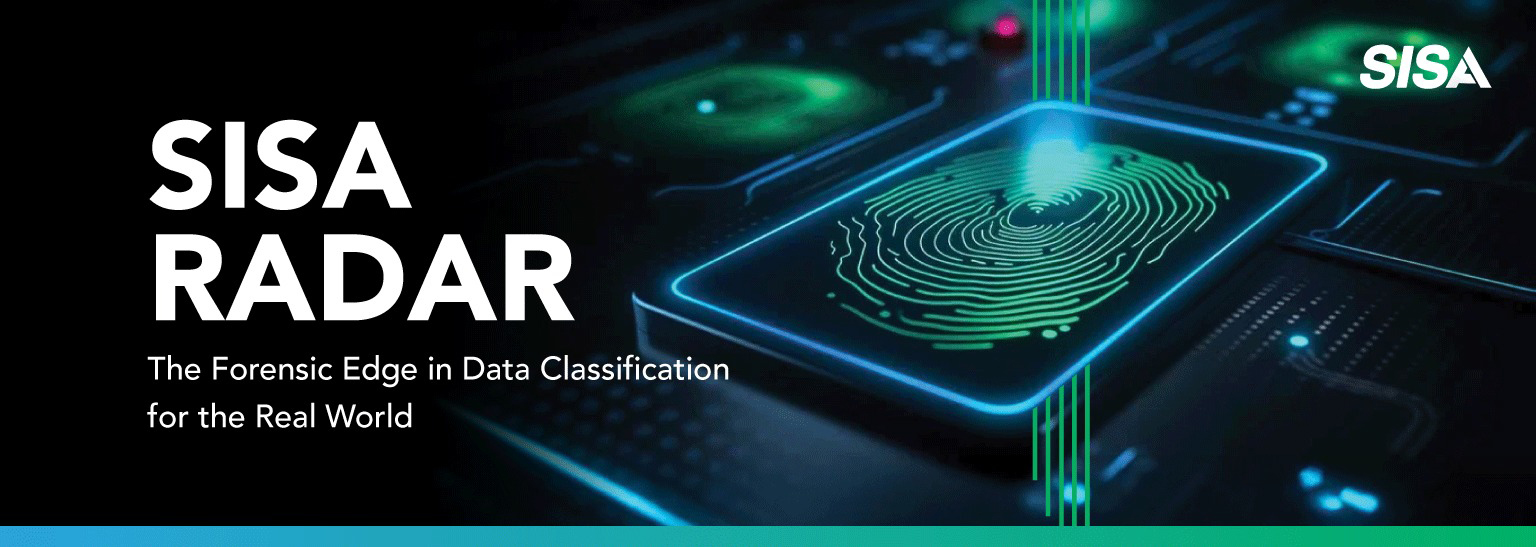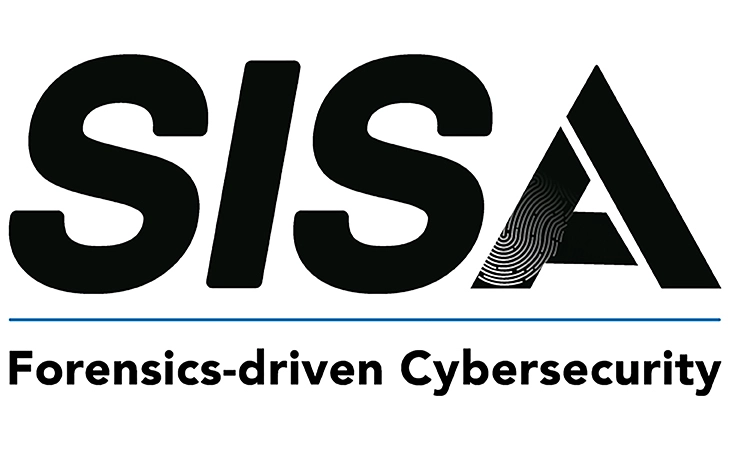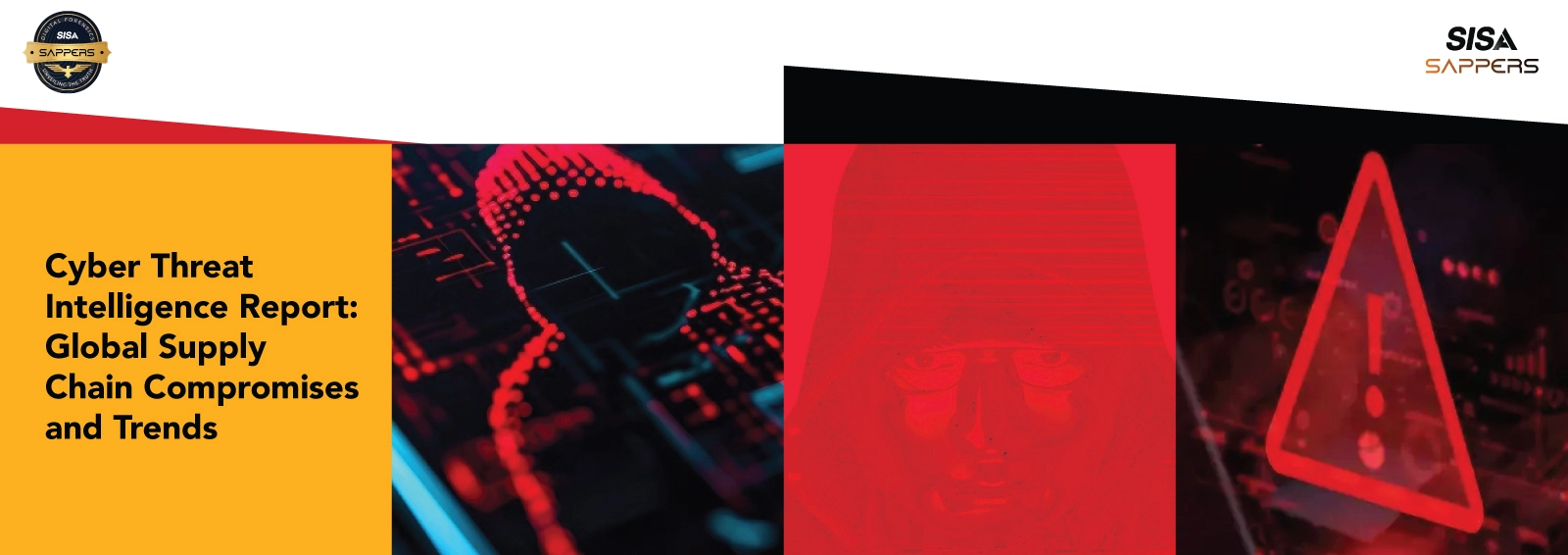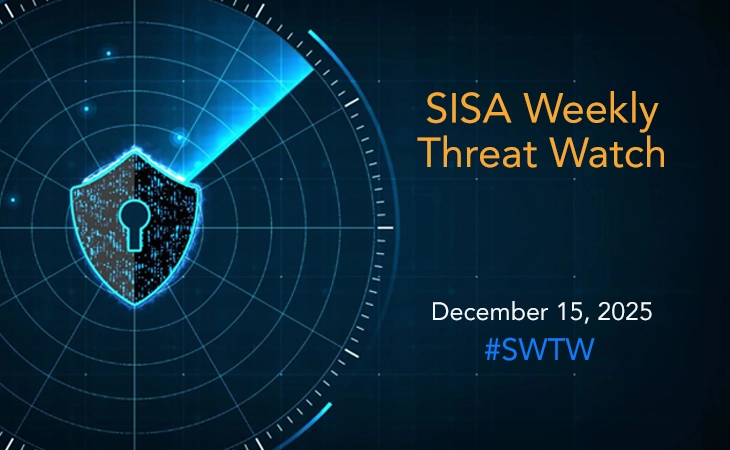
4 Data Classification Levels: Importance & Examples
If data is the fuel that powers your business, the question is simple: how do you handle it safely? That’s where data classification levels come in. By labeling information according to its sensitivity, organizations know what needs a vault and what can live on a shared drive. These Data Classification Levels help you apply the right protections, comply with privacy laws, and avoid messy breaches. Here’s a plain-English look at the four most common data classification levels and why they’re so important.
Public Data
Public data is information you can freely share with anyone without causing harm. Think press releases, marketing brochures, and published annual reports. It doesn’t need heavy security, but accuracy still matters; no one wants a fake press release making the rounds. Examples include publicly available marketing materials and regulatory filings. Keep public data available but protect it against unauthorized changes.
Internal (Private) Data
Internal data is meant only for people inside your organization. It covers day-to-day documents, internal emails, meeting notes, training materials, and policy manuals. Unauthorized disclosure wouldn’t tank the company, but it could help competitors or embarrass the brand. Use basic safeguards: require logins, limit file sharing, and remind employees not to forward internal content externally.
Confidential Data
Confidential data is sensitive information whose exposure could lead to lawsuits or erode customer trust. This category includes personal customer details, employee records, business plans, and payment card data. Laws like HIPAA and PCI DSS require strict handling of these details. Protect confidential data with encryption, strong access controls, and regular audits. Only those who need it should see it, and every access should be logged.
Restricted (Highly Confidential) Data
Restricted data is the crown jewels; if exposed, consequences could be catastrophic. Think medical records, classified government documents, or trade secrets. You might hear this level called “highly confidential” or “top secret.” Protect restricted data with the strongest measures: multi-factor authentication, high-grade encryption, and continuous monitoring. Limit access to those with a legal or operational need and ensure data is masked or anonymized wherever possible.
Why the Data Classification Levels Matter
Classifying data helps you prioritize your security budget and avoid one-size-fits-all controls. Regulators like GDPR and HIPAA require you to know which personal data you hold and how it’s protected. Without classification, sensitive information can hide in plain sight. Clear labels support least-privilege access and speed up incident response.
Think of how you handle mail at home. Junk mail (public data) goes straight to the recycling bin, personal letters (internal data) stay on your kitchen table, tax documents (confidential data) live in a folder, and your passport (restricted data) stays locked in a safe. If you treat every envelope the same, you might misplace your passport or waste time shredding pizza coupons. Sorting data is no different: it saves you effort and keeps the most sensitive things safe.
Simple Steps to Classify
Experts outline a few basics:
- Find your data: identify where information lives across devices and cloud services.
- Assess sensitivity: estimate potential impact if that data were exposed.
- Define data classification levels: decide what counts as public, internal, confidential, and restricted.
- Label it: use metadata or tags to mark each file’s classification.
- Apply controls: enforce encryption and access rules based on classification.
- Revisit: review classifications when laws or business priorities change.
Where SISA Fits In
At SISA, classification isn’t just theory; it’s baked into our solutions. SISA Radar is a data discovery and classification tool that helps organizations organize and protect sensitive information across cloud, on-premises, and hybrid environments. The platform uses a proprietary algorithm and AI/ML engine to detect confidential and restricted data and deliver actionable insights.
- Reduce risks: SISA Radar organizes data by criticality so you know where confidential and restricted information resides.
- Visibility: the tool shines light on structured, semi-structured, and unstructured data, reducing the chance of accidental exposure.
- Compliance: it helps you meet standards like PCI DSS, GDPR, and CCPA, and even customize your own classification scheme.
- Future-proof: our algorithm delivers faster detection with fewer false positives and can be deployed with minimal infrastructure.
SISA leverages insights from forensic investigations to build solutions that protect organizations globally. With 80% of enterprise data unstructured and much of it unsearchable, tools like SISA Radar are critical to reducing sensitive data exposure.
FAQs
Why four data classification levels?
Four levels, public, internal, confidential, and restricted, strike a balance between simplicity and nuance. Some organizations add an extra “private” level or split restricted data into “secret” and “top secret” when working with government contracts. Pick categories that reflect your risks.
Can classification be automated?
Yes. Modern tools use AI and rules to scan files and assign labels. SISA Radar automates discovery and classification across multiple platforms. Automation reduces human error, but human oversight is still needed to fine-tune policies.
When should data be reclassified?
Reclassification is necessary when new privacy laws arrive, data gains or loses value, or audits reveal errors. Make reclassification part of your periodic security reviews.
Bottom Line
Sorting your data into clear data classification levels makes it much easier to protect. Public information can stay accessible while restricted files stay under lock and key. In a world where data breaches make headlines daily, a structured classification strategy, supported by tools like SISA Radar, helps you know what’s valuable, protect it accordingly, and rest easier at night.
Latest
Blogs
Whitepapers
Monthly Threat Brief
Customer Success Stories
 USA
USA India
India APAC
APAC Middle East
Middle East Global
Global






 Facebook
Facebook Linkedin
Linkedin  X
X Youtube
Youtube








